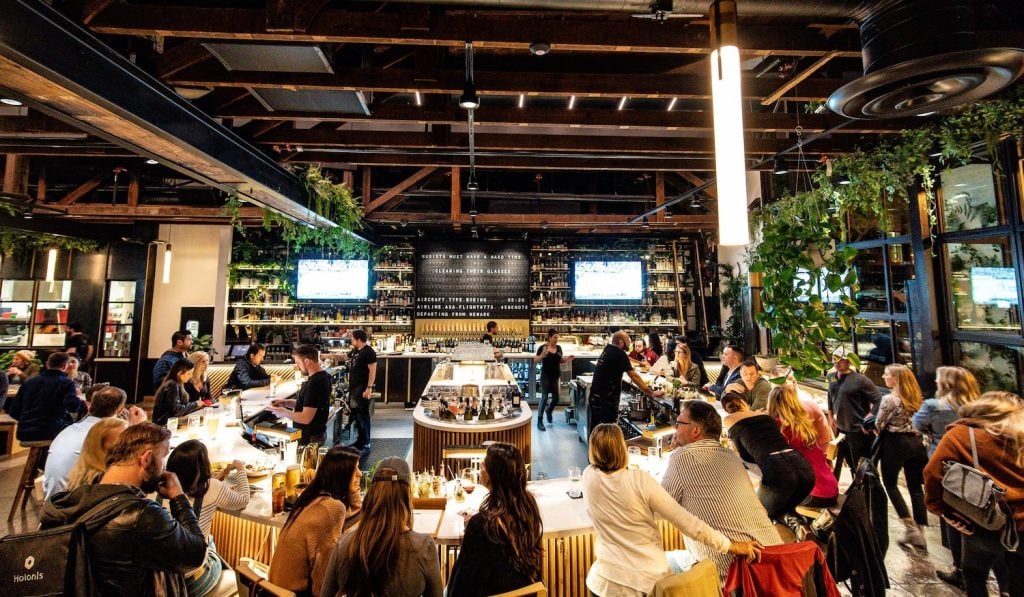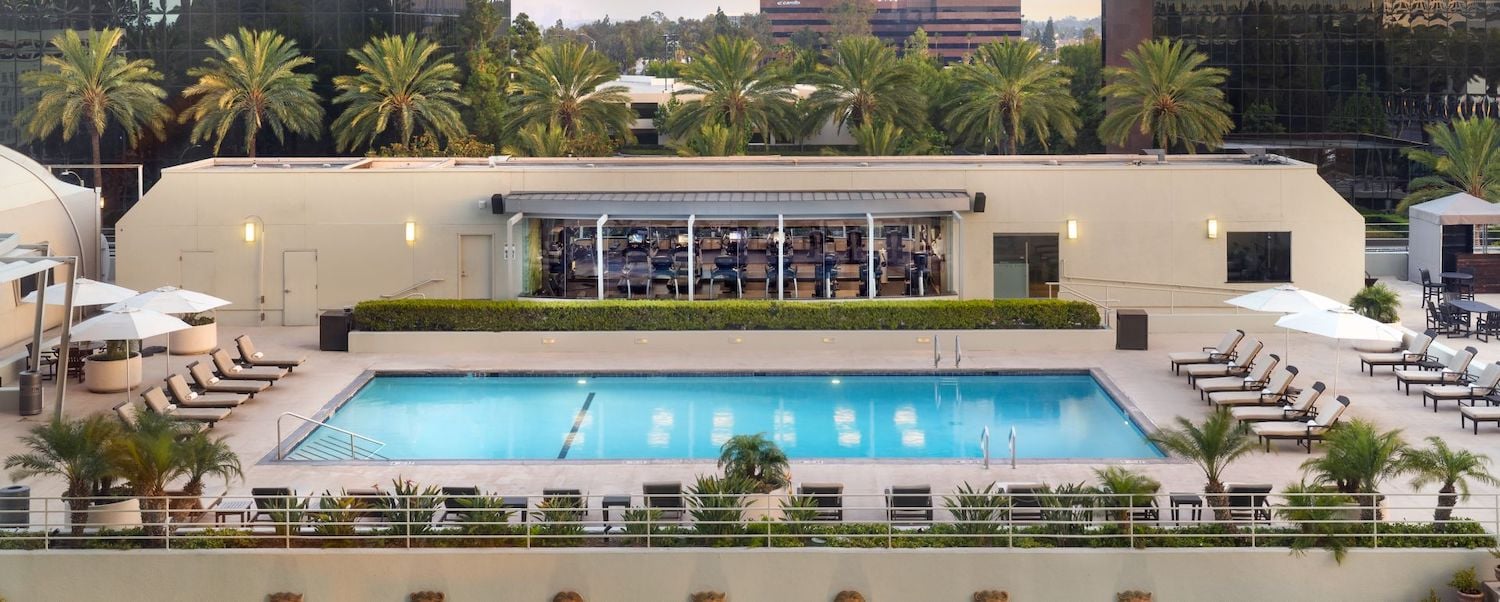
Snake Oil Venue Company Reopens the North Chapel in Liberty Station
For more than 80 years, the North Chapel has been one of Liberty Station’s defining silhouettes. Opened in 1942, the multi-faith chapel has hosted Navy services, weddings, memorials, and countless community milestones during wartime years. Its story stretches from religious services for military me

Weekend Guide to Exploring South Coast Plaza
I’m standing in a hotel lobby with a carry-on suitcase packed with three pairs of flats, two pairs of heels, a dress I hope isn’t wrinkled for The Nutcracker later, and a handful of outfits perfect for wandering a multi-story mall. Light Christmas music floats through the air, mingling with the scen

Caring for Canids at the Judith A. Bassett Canid Education & Conservation Center
While canids like Arctic foxes, New Guinea singing dogs, and jackals aren’t native to San Diego County, a handful have made a permanent home in Santa Ysabel. The Judith A. Bassett Canid Education & Conservation Center (JABCECC) is a safe haven for these animals and others rescued from fur farms, the
Categories
Recent Posts











